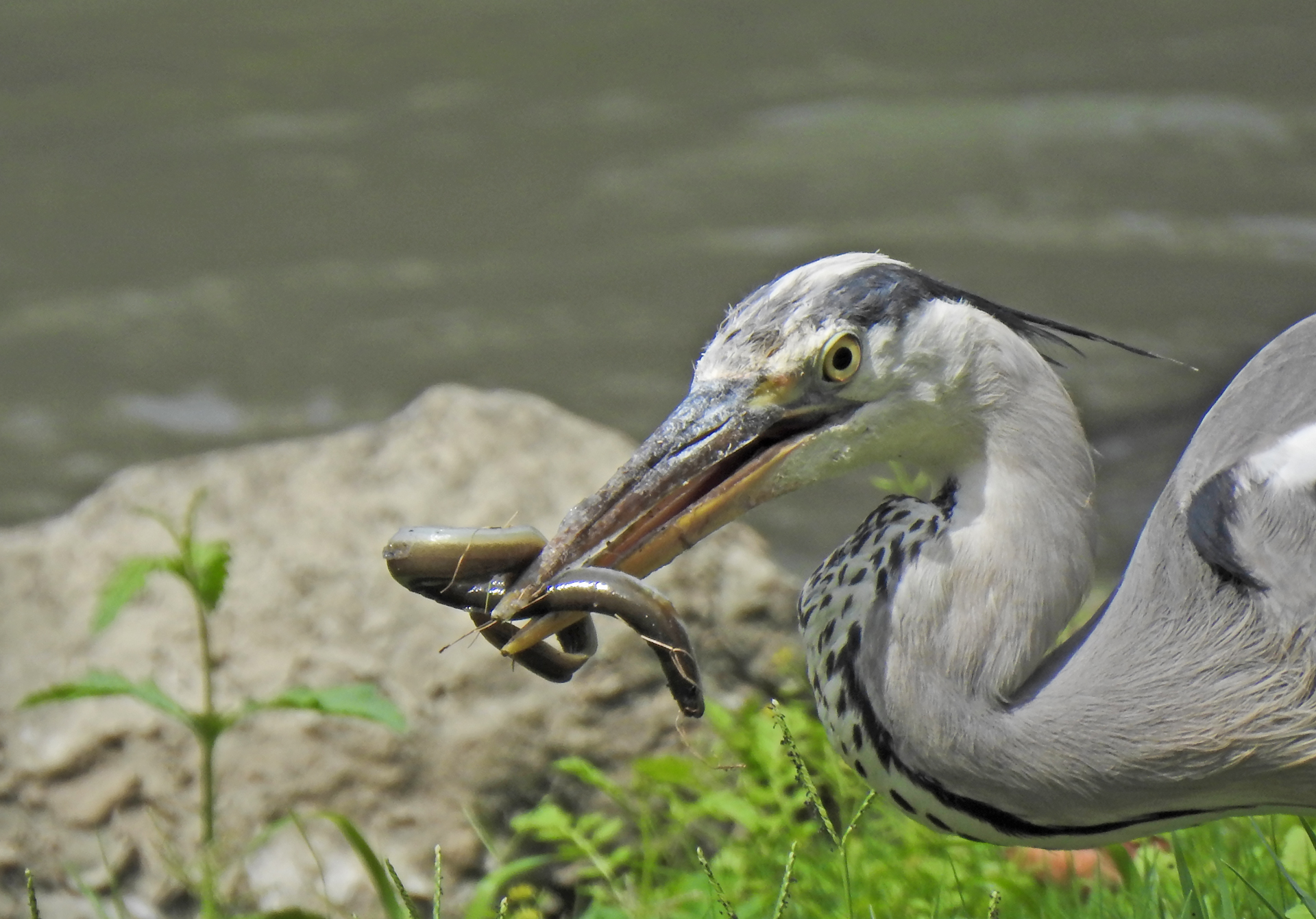Last Saturday another urban trekking took place to discover the biodiversity of the Eternal City. Starting from the Colosseum, the route involved some of the places in Rome most frequented by tourists who, at the same time, constitute the home of many species of plants and animals, perfectly adapted to the coexistence with man.
Along the Villa Celimontana, among the crown of the trees, we listen many Passerines, including Blackcap (Sylvia atricapilla), Firecrest (Regulus ignicapilla) and Short-toed Treecreeper (Certhia brachydactyla).
Once at the Circus Maximus, we are greeted by the frantic flight of the Barn Swallows (Hirundo rustica) which, hunting on the lawn in the ancient Roman circus, speed past the ground a few centimeters from us.. Here we also see a Common Kestrel (Falco tinnunculus) circling above our heads.
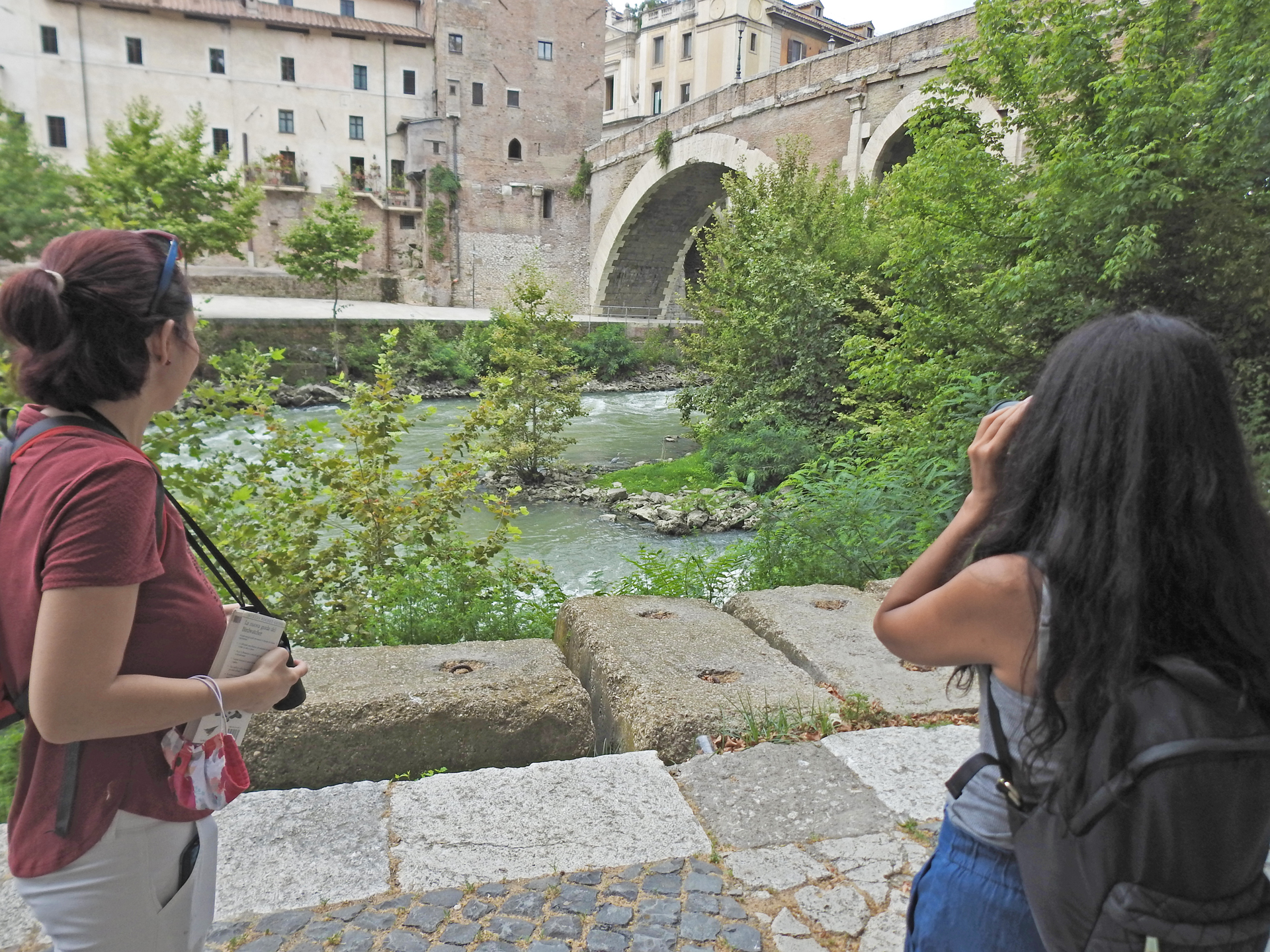
We therefore look out over the Tiber, in search of species related to the river environment. Here we observe Common House Martins (Delichon urbicum), White Wigtail (Motacilla alba), Common Moorhen (Gallinula chloropus), Little Egret (Egretta garzetta) and two Grey Herons (Ardea cinerea).
It is precisely here that we witness a hunting scene: one of the two Herons captures an Eel who, unsuccessfully, fights to the last trying to sell his skin dearly!
We conclude the tour along the Imperial Fora, where among the ruins there are many basking individuals of Italian Wall Lizard (Podarcis siculus) and Common Wall Lizard (Podarcis muralis nigriventris). These two species live here in syntopia – in the same locality – unlike some regions of southern Italy, where they prefer different altitudes and do not live together.
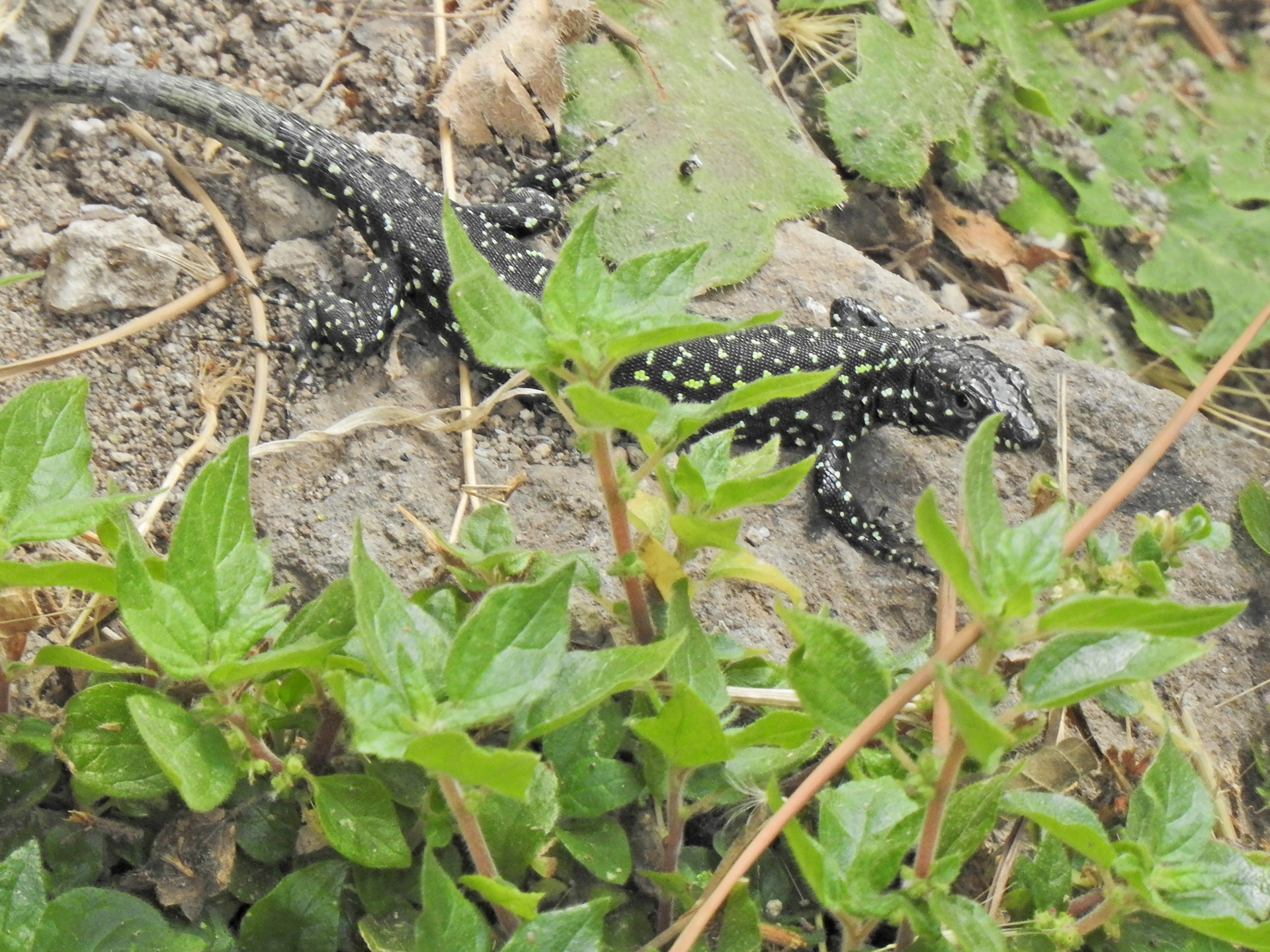
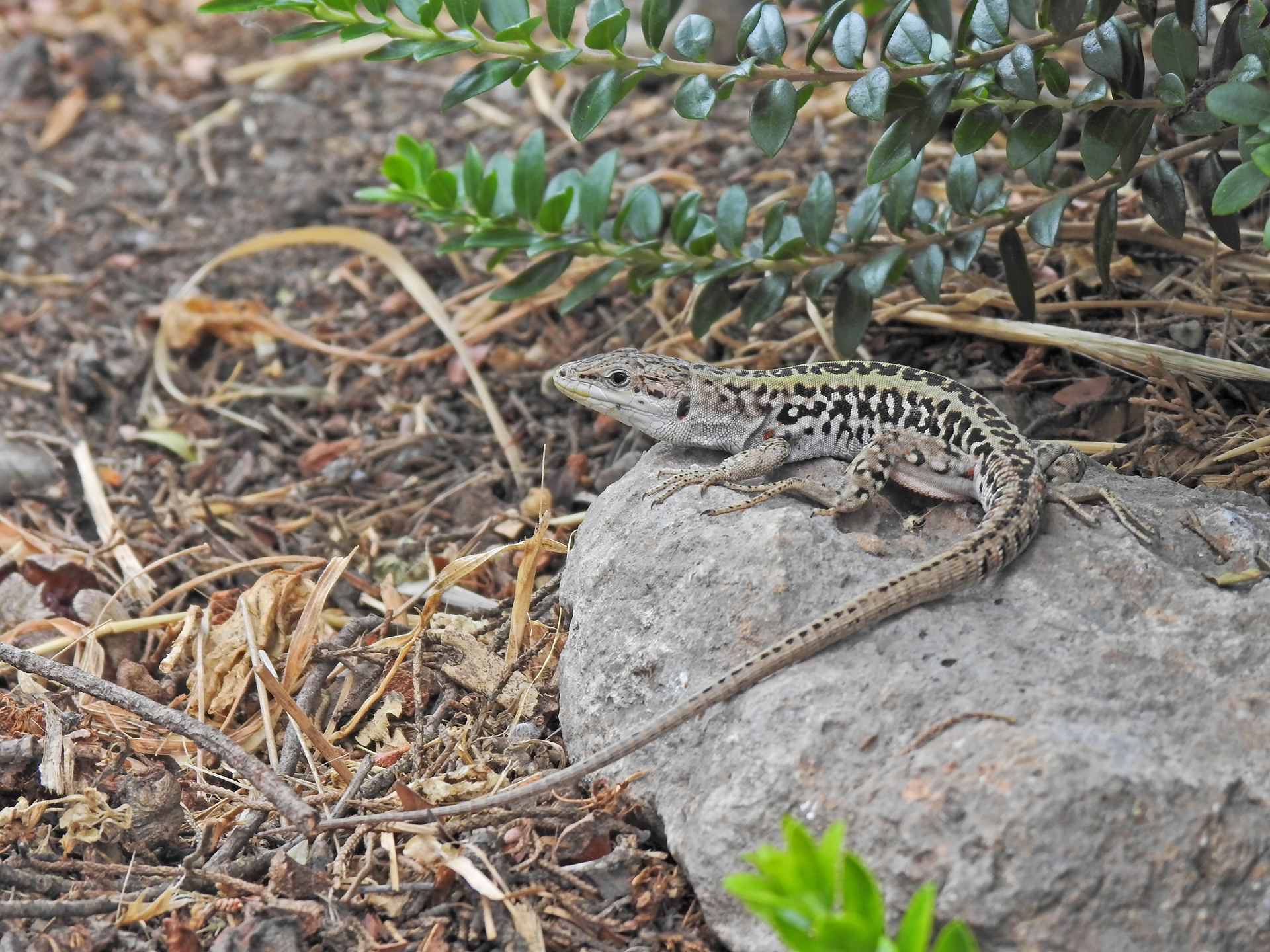
Before saying goodbye, a large Lepidoptera catches our attention: it is a Paysandisia archon, an alien species native to Uruguay and Argentina and considered a pest for palm trees and other arboreal plants.
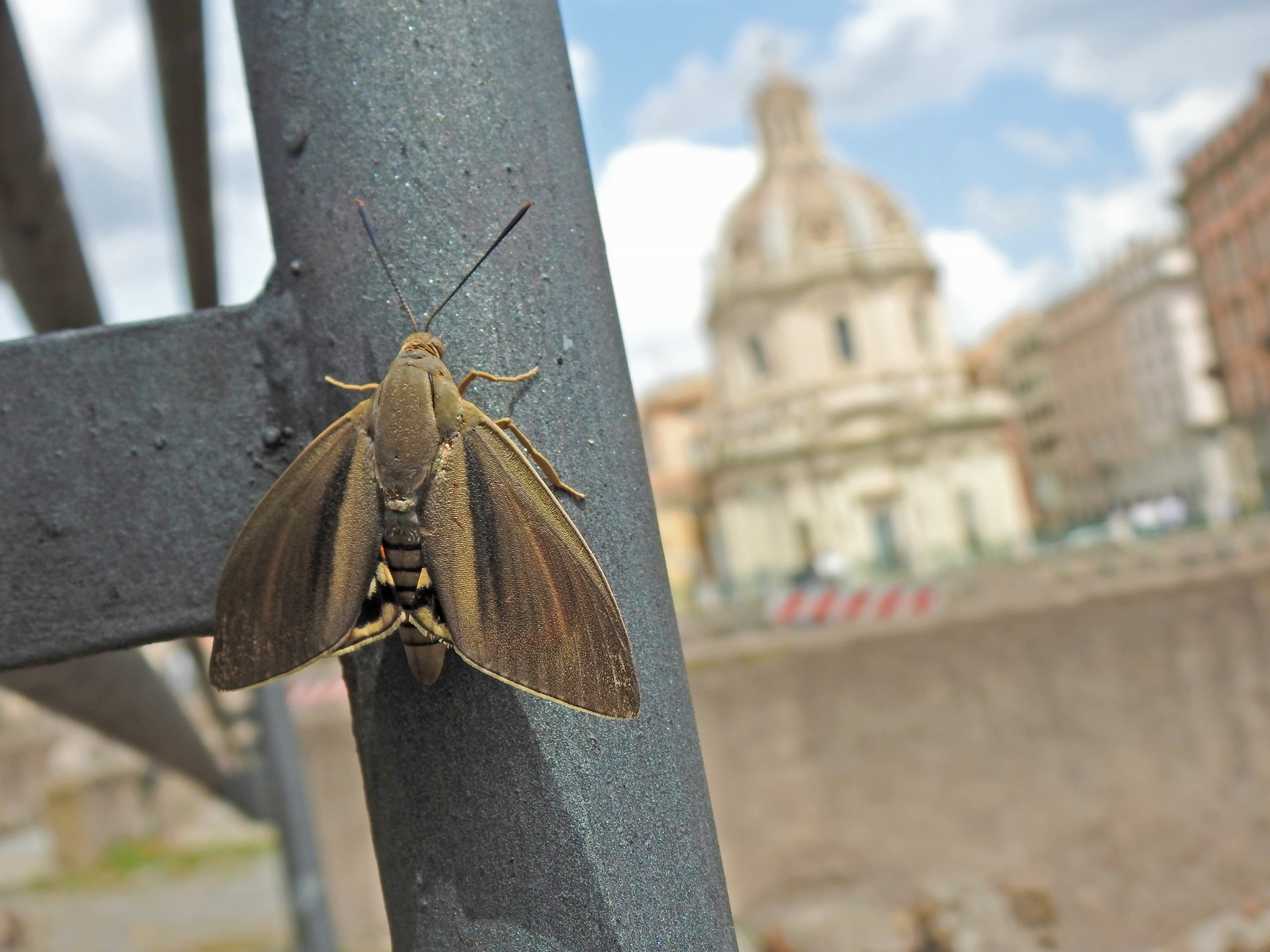
The next events between Rome and its surroundings in the company of the zoologist Andrea Senese are scheduled for this weekend: Saturday morning with a different urban trekking route, which will affect the Tiber and its inhabitants, and Sunday morning, with the nature walk in the Sorbo Valley … we can’t wait!
